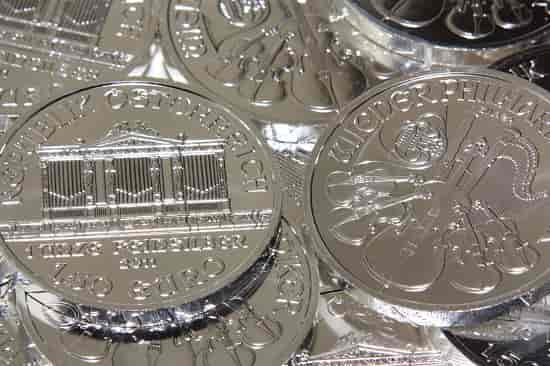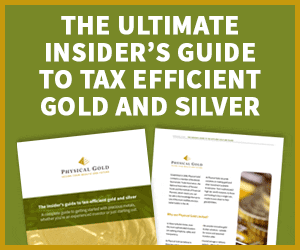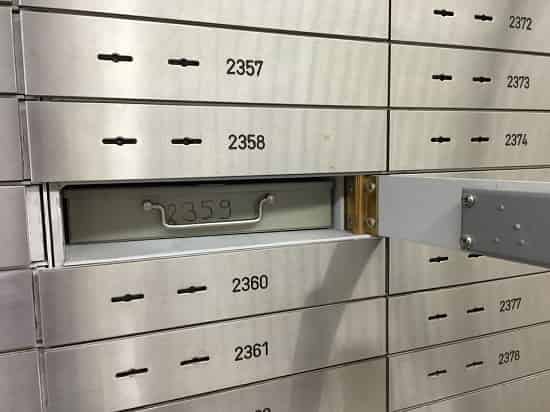Blog
Risks Associated with Silver Investment
Any form of investment comes with certain risks, especially if you are investing in capital markets or commodity markets. Savvy investors attempt to mitigate risks by diversifying their portfolio. Investment advisors often do a scientific risk assessment exercise and evaluate risks of each asset class, when advising their clients. These assessments are based on historical data, price movements of that particular asset class, market sentiment and market response to macro-economic and other forces. Of course, silver is a much-preferred asset class, viewed by many as a lucrative investment. But, before investing money into this precious metal, let us first consider some of the risks associated with it.
Speculative risk
Investing in a commodity like silver means you are speculating on the future expectation that the price of the metal will go up at a future point in time. As silver is a commodity, this is likely to happen due to increased demand. Investors may buy more of the metal in a bid to house their investments safely during market crises. On the other hand, we are seeing a trend where the demand for silver is rising due to industrial requirements, not investor demand. Coupled with a global scarcity of the resource, it is indeed a possibility that prices could be driven up eventually.


Creation of a bubble
Markets usually react to sentiment and when a group of investors start buying up precious metals, the price movements trigger a wave of people who buy as well, hoping to make some quick money. In the process, the price balloons, creating a bubble. This is a very risky situation, because as an investor, if you cannot exit the bubble in time, the price crashes to rock bottom, eroding all your money.
Download our FREE 7 step cheat sheet to becoming a successul silver investor here
In 1997– 2000, we witnessed the dotcom bubble, where the same thing happened. A lot of people started investing in dotcom start-ups, believing that these stocks would deliver quick returns. Ultimately, the investments became lopsided and when investors realised that these new companies did not have strong enough fundamentals to deliver good returns, they dumped the stocks. The result was a huge market collapse in which several retail investors were completely wiped out. We saw a silver bubble in 2011 when many people moved their money to gold and silver in order to escape the capital markets and the price rose to almost $50 per ounce. But eventually, the bubble burst as investors moved out of the precious metal and went back to equities.


Price performance risks
Silver is considered to be a precious metal due to its historic acceptance by mankind. It may have several uses, beneficial factors and industrial demand, but that may not be enough to justify the investment. Some analysts would argue that its value is perception driven. Therefore, its value as an asset class is strictly governed by price performance. When we take a really long-term view of silver and go back 40 years or more, we realise that the total returns the metal generates are not that great. According to a study conducted by USA Today, silver has failed to post annual profits 43% of the time. So, if the theory of supply vs demand doesn’t bolster silver prices soon enough, it may not be a lucrative enough investment vehicle to warrant attention.


Risk of secure storage
Taking physical delivery of precious metal and storing it in your own home opens you up to certain risks, such as theft or damage. On the other hand, if you buy silver certificates, you open yourself up to counterparty risk. Counterparty risk means that the other party, in this case, the issuer of the silver certificates, may not honour the certificate, if you choose to call for the money. This may be due to a number of reasons, such as the bank going down due to financial problems, etc. On the other hand, once you buy physical silver, you need to incur the costs of having a storage facility to house your investments. Also, investors need to bear in mind that since the price of silver is 75 times less than gold, a sizable investment in silver would also mean a large volume of the precious metal, which will need proper storage.
Call our team of experts to learn more about risks
Our investment team at Physical Gold have silver experts who can guide you through every step of the way. They can advise you about the risks associated with investing in silver and other precious metals. Call 020 7060 9992 to speak to a member of our team or you can get in touch online through our website and a member of our team will call you right back.
Image credits: Wikimedia Commons and Maxpixel

